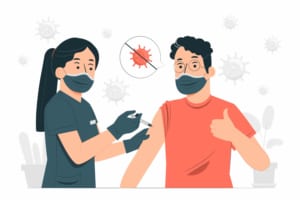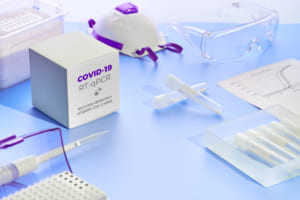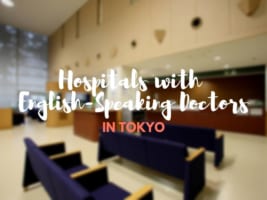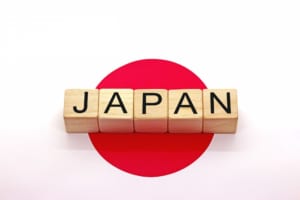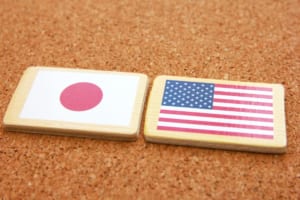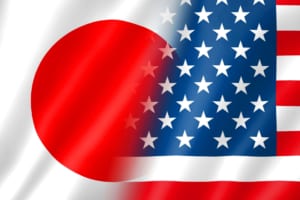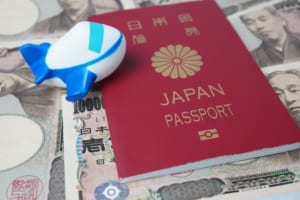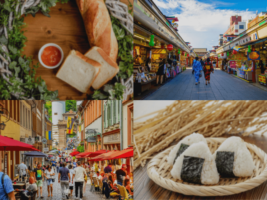Differences in How the U.S. and Japan Reacted to the Covid-19 Pandemic
The Different Ways Japan and the U.S. Responded to the Covid-19 Pandemic
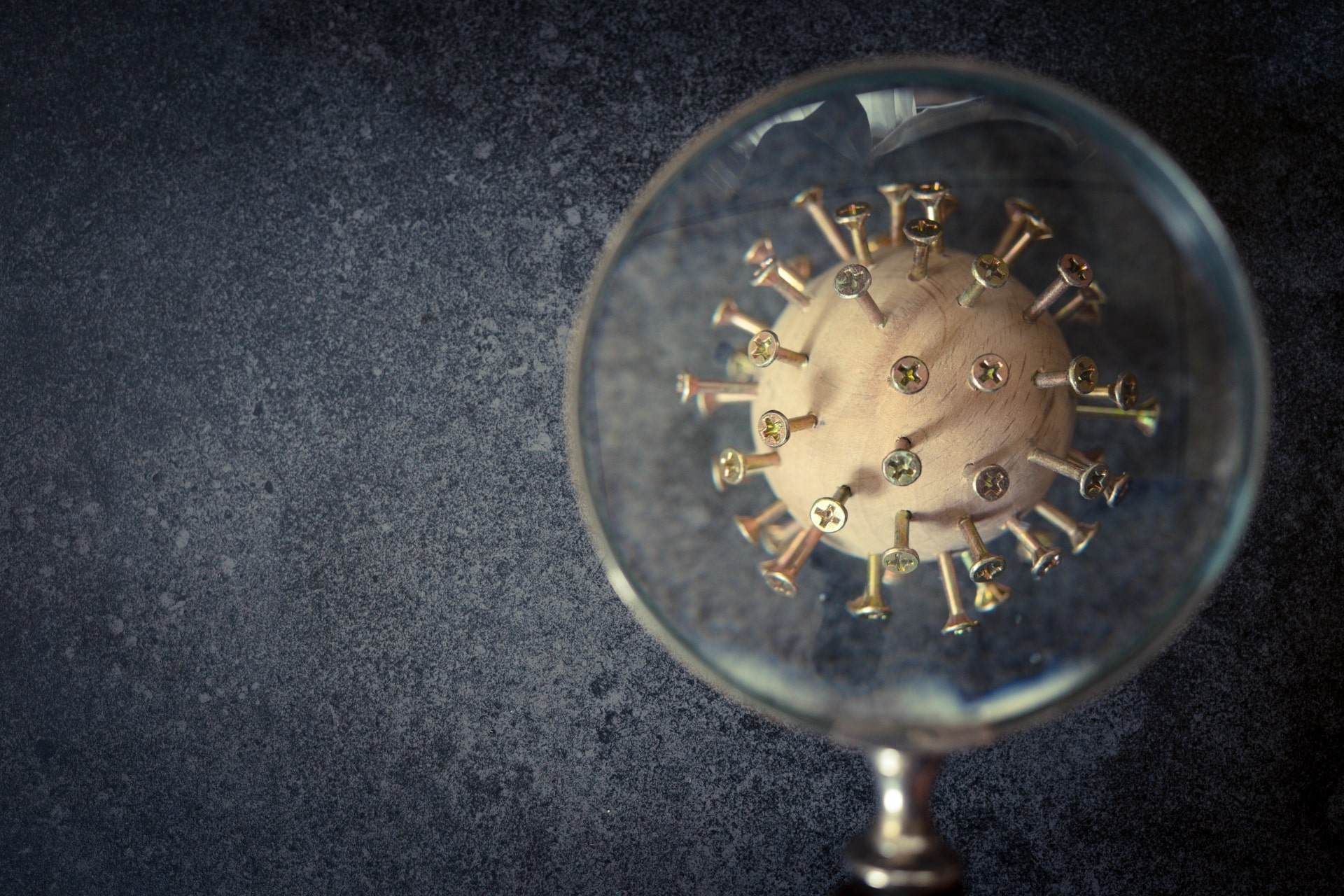
In early March 2020, unimaginable news reached America: Japanese schools had begun suspending classes due to a virus. While Covid-19 arrived in Japan first, America would soon be experiencing the same public health upheaval. Covid-19 is now two and a half years old. Compared to the early days of its arrival, the virus inspires less fear and chaos. This is mostly because we now know much more about Covid and how to treat it. It has been a long journey getting to this point, a point which the U.S. and Japan reached in different ways. In this article, I will talk about the differences in how the U.S. and Japan reacted to the Covid-19 pandemic.
1. Difference in Mask Wearing in Japan and America
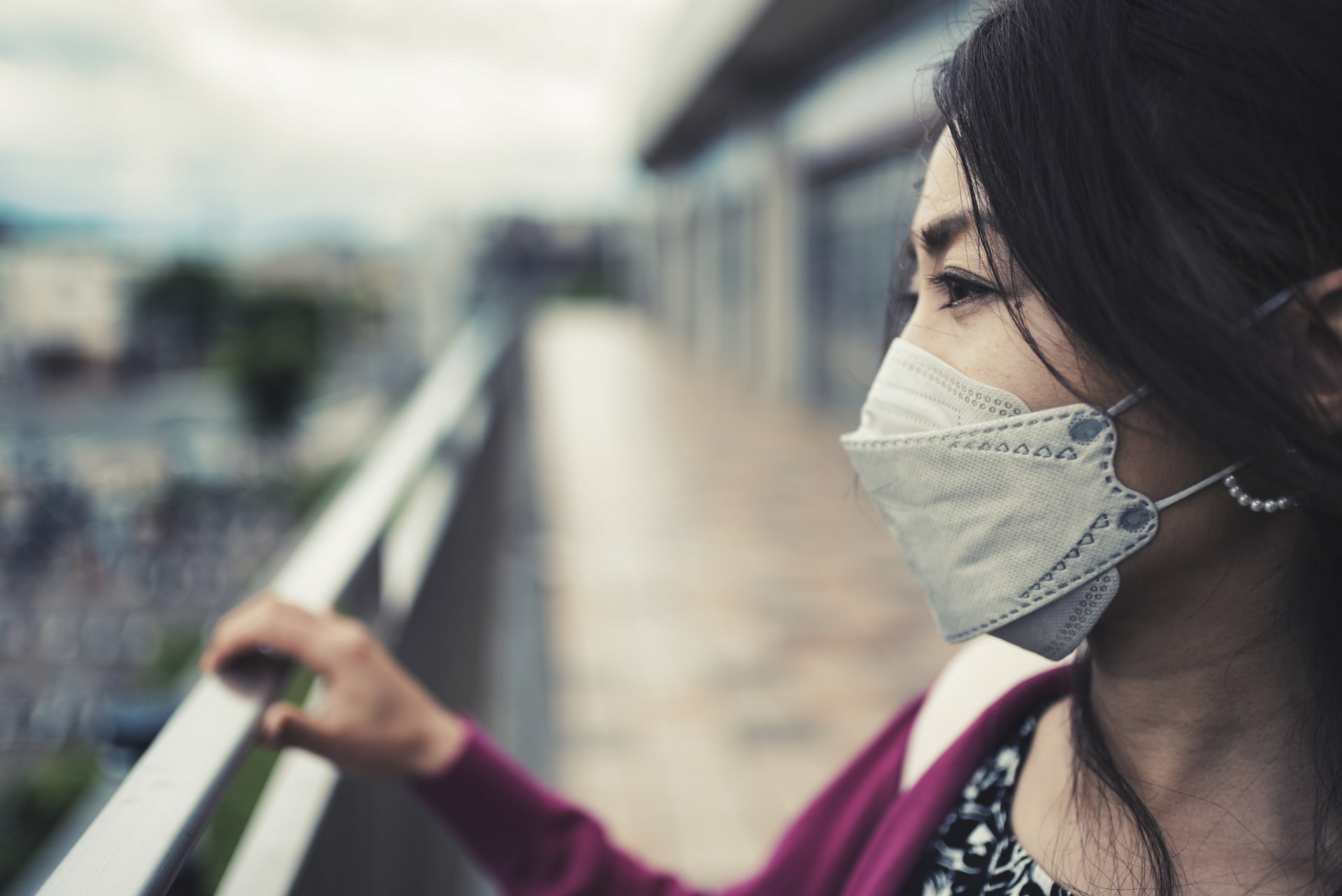
The wearing of masks has been one of the most conspicuous differences between not only Japan and America but the East and West in general. You might be surprised to know that there was never an official mask mandate in Japan. It was only ever a suggestion by the government. In spite of this, or perhaps because of it, the matter of wearing masks never became a political issue the way it became in the U.S.
It also helped that Japan already has a long history of modern mask-wearing, dating back to before the 1918 flu pandemic. In large Japanese cities, in particular, masks have been widely used since before the Covid-19 pandemic. It’s a way to prevent the spread of germs and at times a way to take a break from literally facing the world. This is completely the opposite case in America, where a person’s face is a key means of expressing individualism, a concept that sits at the heart of American idealism and identity.
It is hard to fathom that a mundane thing could make a difference in something as dramatic as a pandemic. And while no one factor by itself could sufficiently mitigate the pandemic, masks came close. Many say that near-universal mask-wearing was a key factor in limiting the spread of Covid-19 in Japan.
2. American v. Japanese Government Involvement
Unlike Japan, America has a federal system by which individual states have the freedom to act independently from the central government. Japan has a more centralized system which allowed the government to act swiftly in response to Covid-19. While much was left up to individual states (and individual hospitals) in the U.S., there are two significant ways in which the Japanese government became involved in the medical care of Covid patients.
The first is pre-emptive hospital admissions for high-risk patients. In the early days of the pandemic, the Japanese government had hospitals admit any high-risk individual testing positive for Covid, whether or not that person was suffering from symptoms severe enough to require hospitalization. Of course, this worked only until the point where hospital beds were needed for patients, high-risk or not, whose symptoms actually required hospitalization. The second is government-mandated bed space for Covid patients. This had hospitals set aside a certain number of beds for Covid cases. The purpose was to ensure that there would be beds available when needed.
3. Covid-19 Testing in Japan Compared to the U.S.
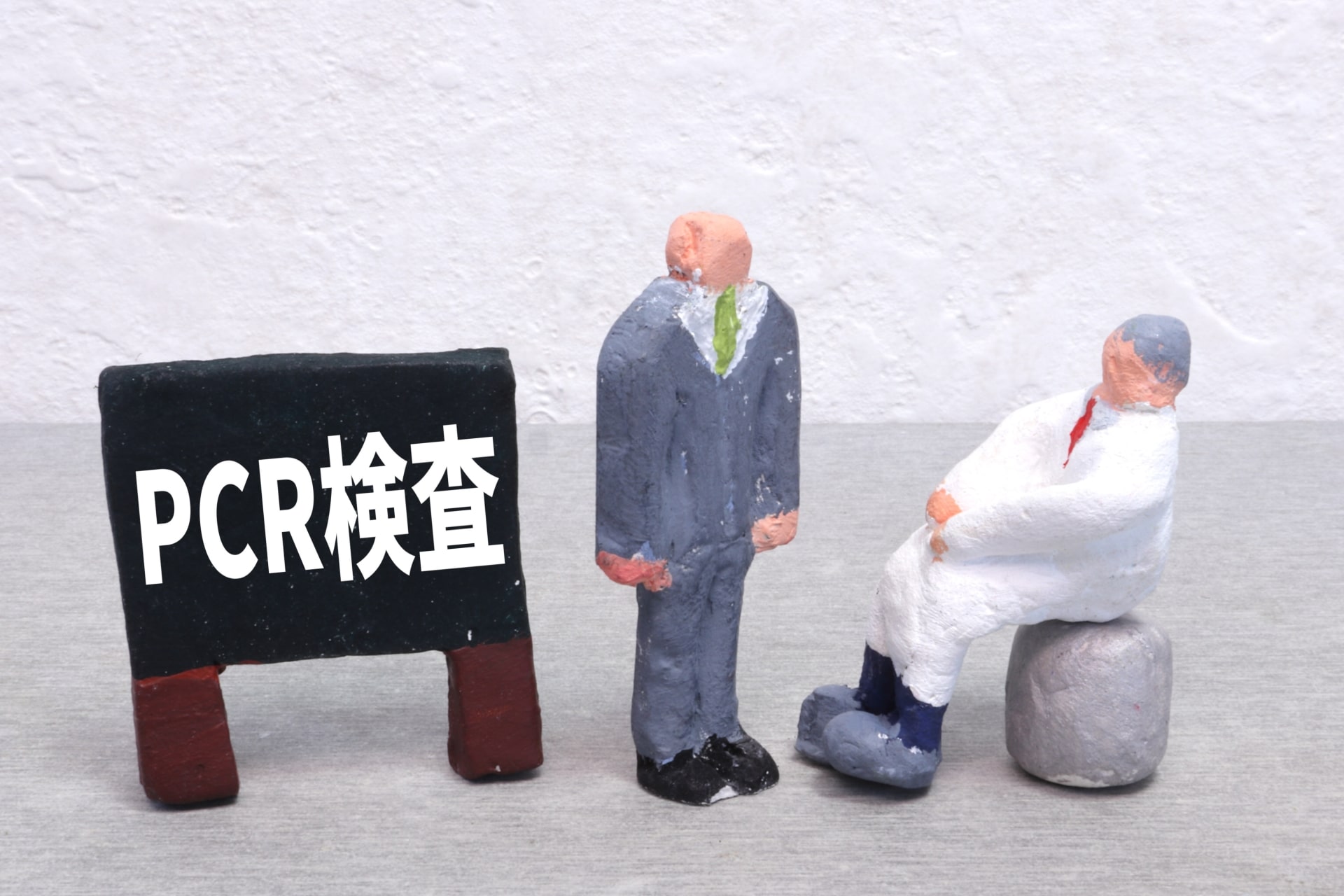
While the Japanese government system is more centralized than America’s, Japan’s medical care is less centralized than America’s. America has massive hospitals and even larger hospital systems comprised of multiple locations and satellite clinics. Japan has some big hospitals and many small neighborhood clinics. This meant that the Covid-19 response in this country was in many ways a grassroots response.
Compared to the U.S. and other developed countries, Japan had a low rate of testing. Since the medical care system is decentralized, there were fewer mass-testing centers that could efficiently administer tests. Mass testing would have been especially relevant in large cities, but compared to America, there is less space to do this. Finally, drive-through testing never became as popular in Japan as it was in America, as car ownership and use are not as prevalent.
4. Quarantine and Case Tracking
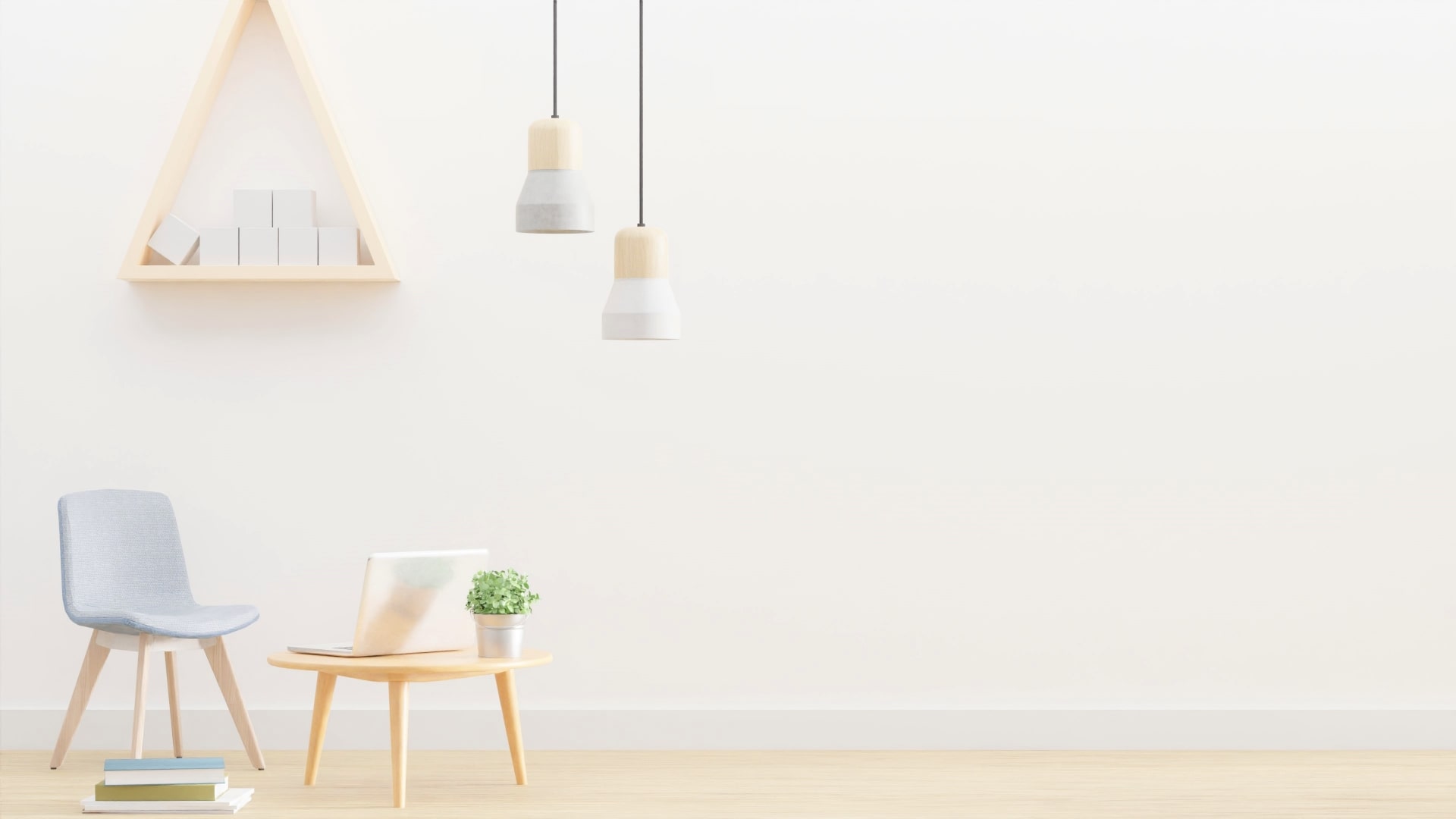
The grassroots effort, however, was key in Japan’s effective response to the pandemic. The hokenjo, or public health centers, are local government authorities who are responsible for public health in Japan. Hokenjo are community-based and so are able to implement and deliver public health initiatives according to the unique needs of individual communities. During the pandemic, hokenjo played a vital role by assiduously contact tracing positive Covid-19 cases. Besides mask-wearing, there is a general consensus that contact tracing contributed to keeping the number of cases at bay (at least for a while). In most of the U.S., contact tracing was rare.
In addition, while both the U.S. and Japan had quarantine rules, Japan’s rules were more enforceable. In the U.S., you might go to a clinic for a Covid-19 test, receive a positive, and go home to quarantine – or maybe not, because nobody would know. In Japan, the clinic or hospital that administers the test sends the positive results to the hokenjo along with your information. This goes hand in hand with contact tracing, as the hokenjo would have information on all the positive cases in their district. This didn’t happen in America, and if it had, it surely would have been met with widespread resistance given the country’s enthusiasm for individual liberty.
5. States of Emergency and Closures
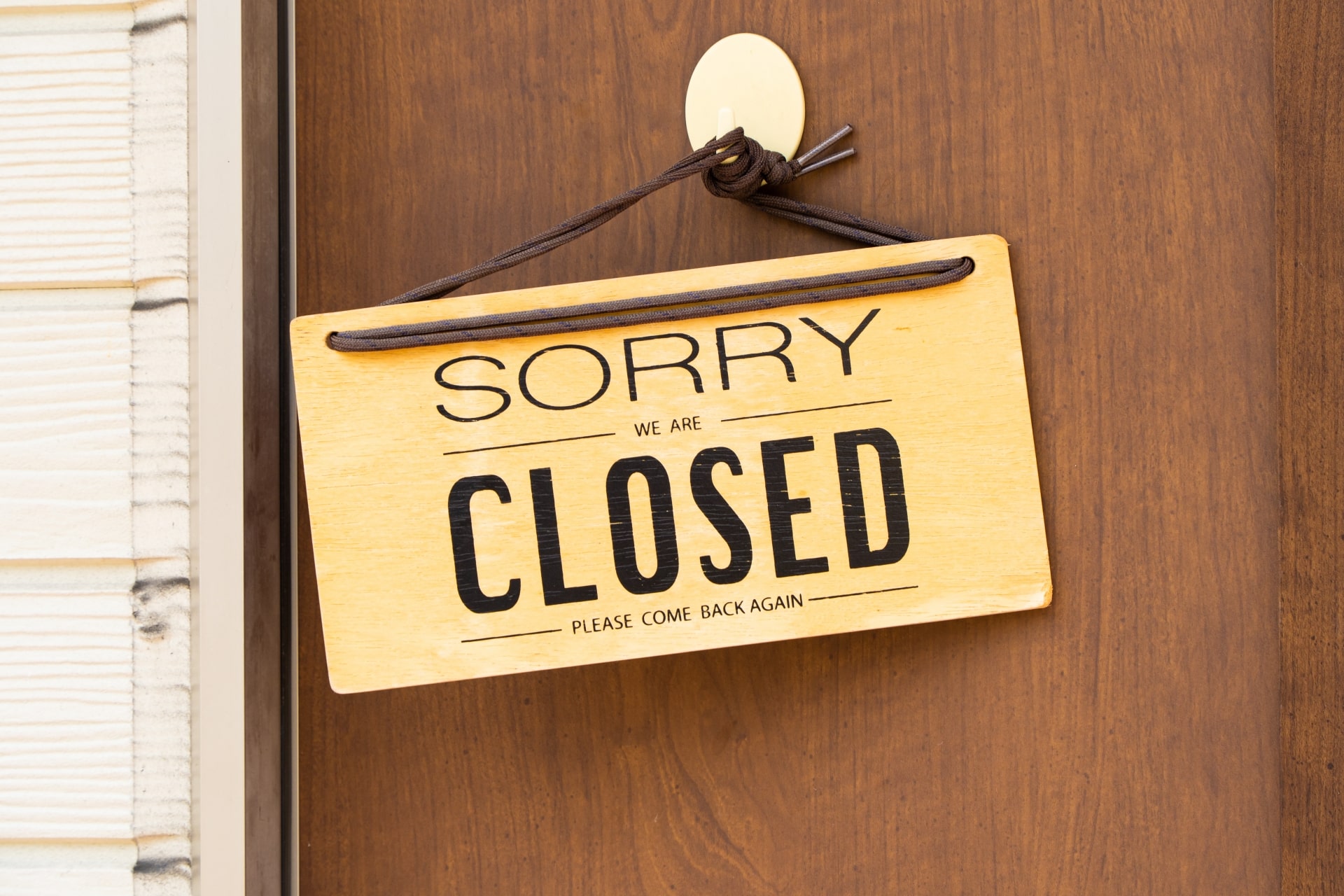
Both Japan and America had numerous states of emergency (SOE), or their equivalent, and widespread business closures, particularly during the early days of the pandemic. The difference here has to do with how these closures were implemented. In the U.S., the response, as with everything, varied among the states. In general, the shelter-in-place orders were more absolute but did not last as long. They took place in the early days of the pandemic when there was a lot of uncertainty.
In Japan, there have been multiple states of emergency. The most recent one was only months ago. However, each SOE here was narrower in scope. Restaurants stayed open but with a curfew of 9 pm. Most did not serve alcohol during the SOE. After school closings when Covid initially arrived, Japan has also had relatively few school closures.
6. The Vaccine Rollout in Japan and the U.S.

One obvious difference in how the U.S. and Japan reacted differently to the Covid-19 pandemic was the speed of their vaccine rollouts. In the U.S., the first rollouts began as early as the end of 2020. In Japan, the rollouts did not begin until spring 2021. Why was this? Well, there were a few factors at play but the most interesting was related to the drug approval process. The development and approval process simply took longer in Japan. It was also reported that infection rates were so low in Japan at the time that there were not enough test subjects for rapid vaccine development.
Fast forward nearly two years later, and now the vaccination rates tell a different story. While Japan is still behind America in rolling out the vaccine for children under 5 years old, it has a much higher vaccination rate among the general population. Currently, over 80% of Japan’s population is vaccinated and 87% of those aged 65 and older are triple vaccinated. In comparison, 67.9% of the American population is vaccinated, though again, it varies widely among the states.
▽Subscribe to our free news magazine!▽
I hope you found this article interesting. The existing difference between the U.S. and Japan, in terms of population, public health administration, and government regulation to name a few, made each country’s Covid-19 response tailored to their own needs. If you would like to read more about health-related topics in Japan, or about Japanese culture in general, check out the following articles for more info.
▽Related Articles▽
▼Editor’s Picks▼
Written by





